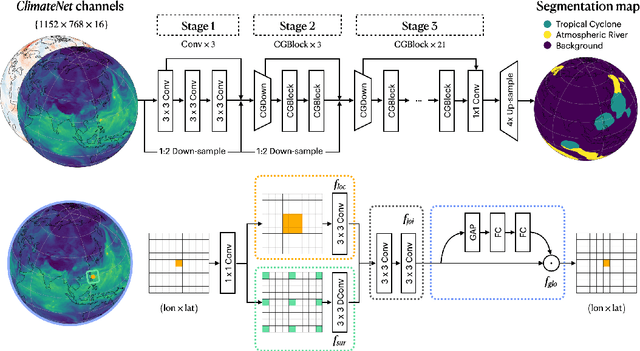Lucas Hendren
Stanford University
AdsorbRL: Deep Multi-Objective Reinforcement Learning for Inverse Catalysts Design
Dec 04, 2023



Abstract:A central challenge of the clean energy transition is the development of catalysts for low-emissions technologies. Recent advances in Machine Learning for quantum chemistry drastically accelerate the computation of catalytic activity descriptors such as adsorption energies. Here we introduce AdsorbRL, a Deep Reinforcement Learning agent aiming to identify potential catalysts given a multi-objective binding energy target, trained using offline learning on the Open Catalyst 2020 and Materials Project data sets. We experiment with Deep Q-Network agents to traverse the space of all ~160,000 possible unary, binary and ternary compounds of 55 chemical elements, with very sparse rewards based on adsorption energy known for only between 2,000 and 3,000 catalysts per adsorbate. To constrain the actions space, we introduce Random Edge Traversal and train a single-objective DQN agent on the known states subgraph, which we find strengthens target binding energy by an average of 4.1 eV. We extend this approach to multi-objective, goal-conditioned learning, and train a DQN agent to identify materials with the highest (respectively lowest) adsorption energies for multiple simultaneous target adsorbates. We experiment with Objective Sub-Sampling, a novel training scheme aimed at encouraging exploration in the multi-objective setup, and demonstrate simultaneous adsorption energy improvement across all target adsorbates, by an average of 0.8 eV. Overall, our results suggest strong potential for Deep Reinforcement Learning applied to the inverse catalysts design problem.
Improving extreme weather events detection with light-weight neural networks
Mar 31, 2023



Abstract:To advance automated detection of extreme weather events, which are increasing in frequency and intensity with climate change, we explore modifications to a novel light-weight Context Guided convolutional neural network architecture trained for semantic segmentation of tropical cyclones and atmospheric rivers in climate data. Our primary focus is on tropical cyclones, the most destructive weather events, for which current models show limited performance. We investigate feature engineering, data augmentation, learning rate modifications, alternative loss functions, and architectural changes. In contrast to previous approaches optimizing for intersection over union, we specifically seek to improve recall to penalize under-counting and prioritize identification of tropical cyclones. We report success through the use of weighted loss functions to counter class imbalance for these rare events. We conclude with directions for future research on extreme weather events detection, a crucial task for prediction, mitigation, and equitable adaptation to the impacts of climate change.
 Add to Chrome
Add to Chrome Add to Firefox
Add to Firefox Add to Edge
Add to Edge